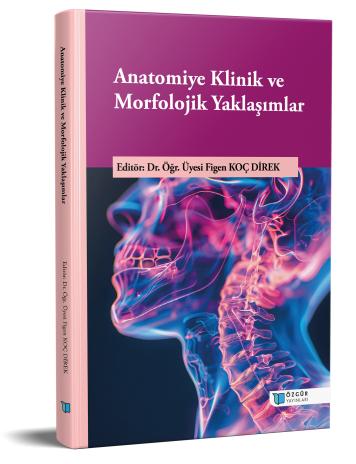
Anatomy and Clinical Significance of the External Ear (Auris Externa)
Chapter from the book:
Koç Direk,
F.
(ed.)
2024.
Clinical and Morphological Approaches to Anatomy.
Synopsis
In evolutionary terms, the ear represents the body's most important stimulus sensor and combines this function with its fundamental role in social communication. The ear is both an acoustic organ and a balance organ. It contains two sensory systems. The importance of the sense of hearing for human social life was described by Immanuel Kant as: "Blindness separates people from things (objects). Deafness separates people from people". The propagation of sound waves from a sound source in gases, liquids and solids is a stimulus for the hearing organ. The most important sound carrier is air. Sound is formed by the vibration of any object that can cause the air to vibrate. A vibrating object also vibrates the air surrounding it, causing sound waves to occur. The air above the sound source is sometimes dense and sometimes sparse, and these pressure deviations (sound waves) spread at the speed of sound.

